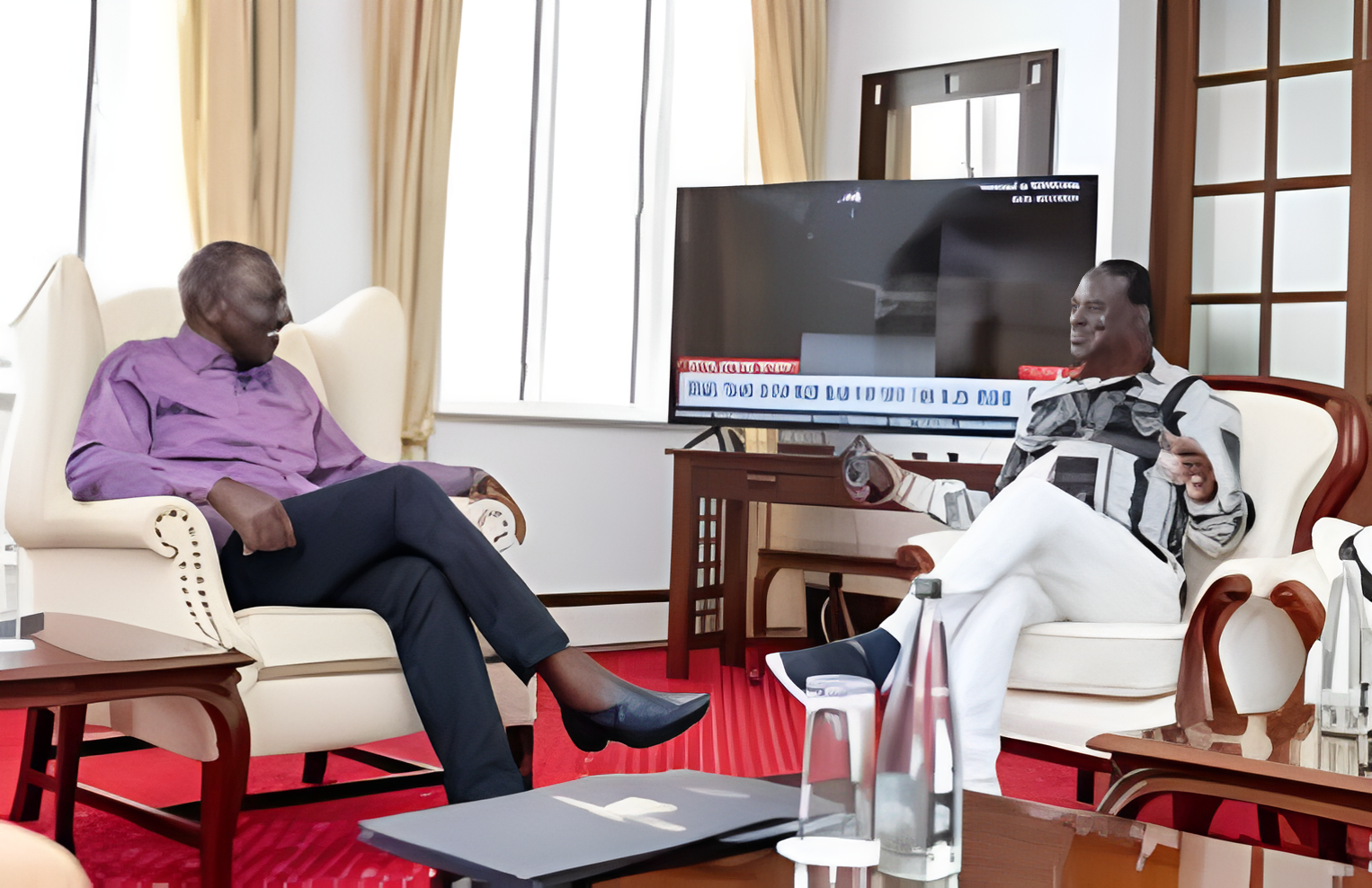The Orange Democratic Movement (ODM) is marking 20 years since its formation, reflecting on two decades of political influence, electoral battles, and shifting alliances. However, despite its strong presence in Kenya’s political landscape, the party’s presidential candidate, Raila Odinga, has repeatedly fallen short of clinching the presidency.
As ODM commemorates this milestone, debates have emerged over its future direction, leadership structure, and electoral strategy ahead of the 2027 General Election. Analysts argue that the party has heavily relied on Raila’s charisma and political legacy, raising concerns about its sustainability beyond his leadership.
ODM’s Legacy and Challenges
Founded in 2005, ODM quickly became a dominant force in Kenyan politics, shaping major policy debates and influencing governance. However, its five unsuccessful presidential bids have led to growing internal divisions and strategic miscalculations.
While the party has forged alliances, such as the Azimio la Umoja coalition, critics argue that negotiated deals have often come at a cost, with ODM sometimes making political sacrifices that weaken its grip on power.
With Raila Odinga’s political future uncertain, speculation is rife about potential successors within ODM. Some party loyalists believe he should run again, while others suggest ODM should groom a new flagbearer to reposition itself for victory.
Political Relevance and Future Strategies
To remain competitive, ODM may need to reinvent its approach, broaden its appeal beyond traditional strongholds, and develop a long-term succession plan. Whether it sticks with Raila or ushers in new leadership, its ability to adapt will determine its success in the next election.

